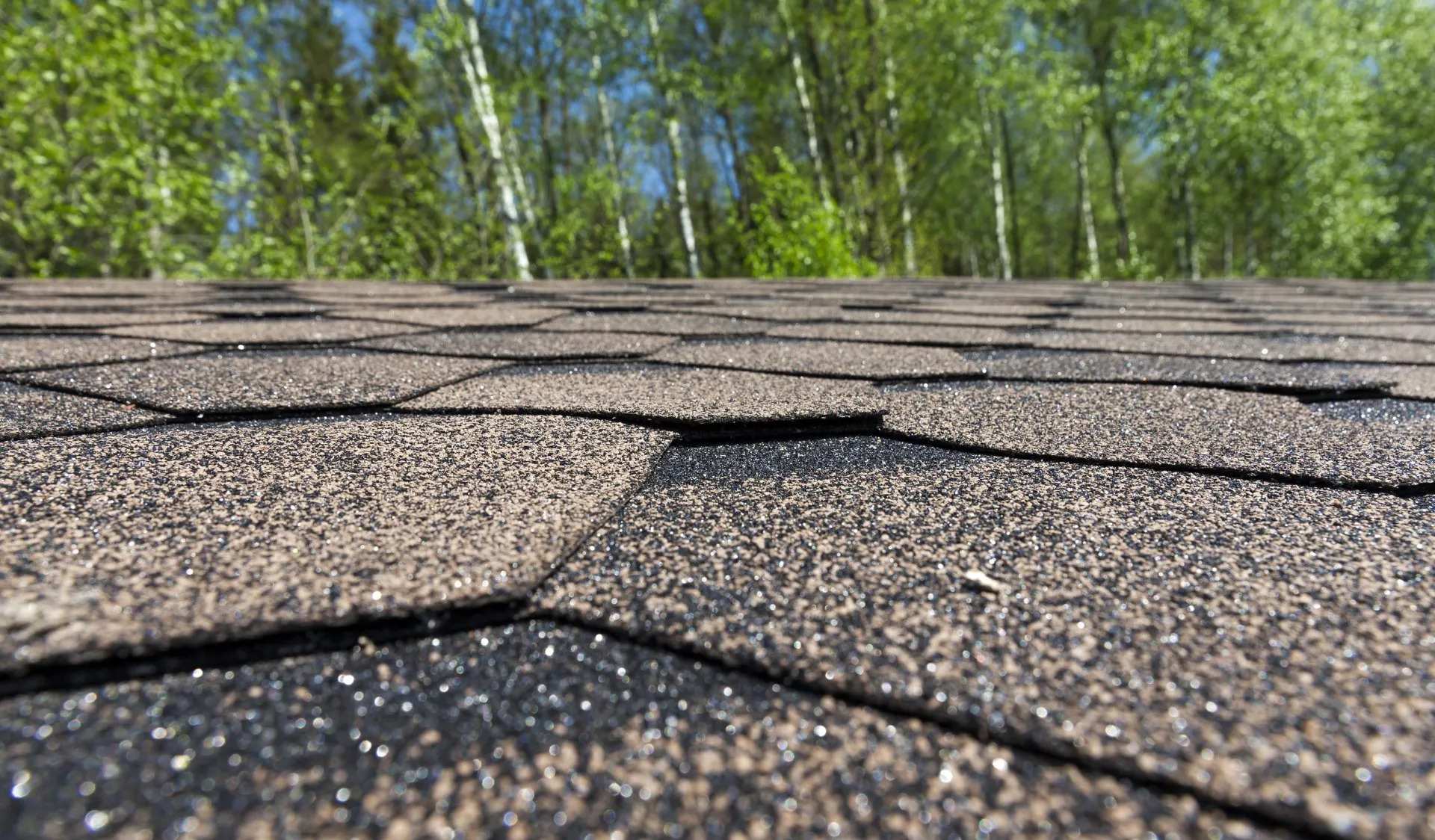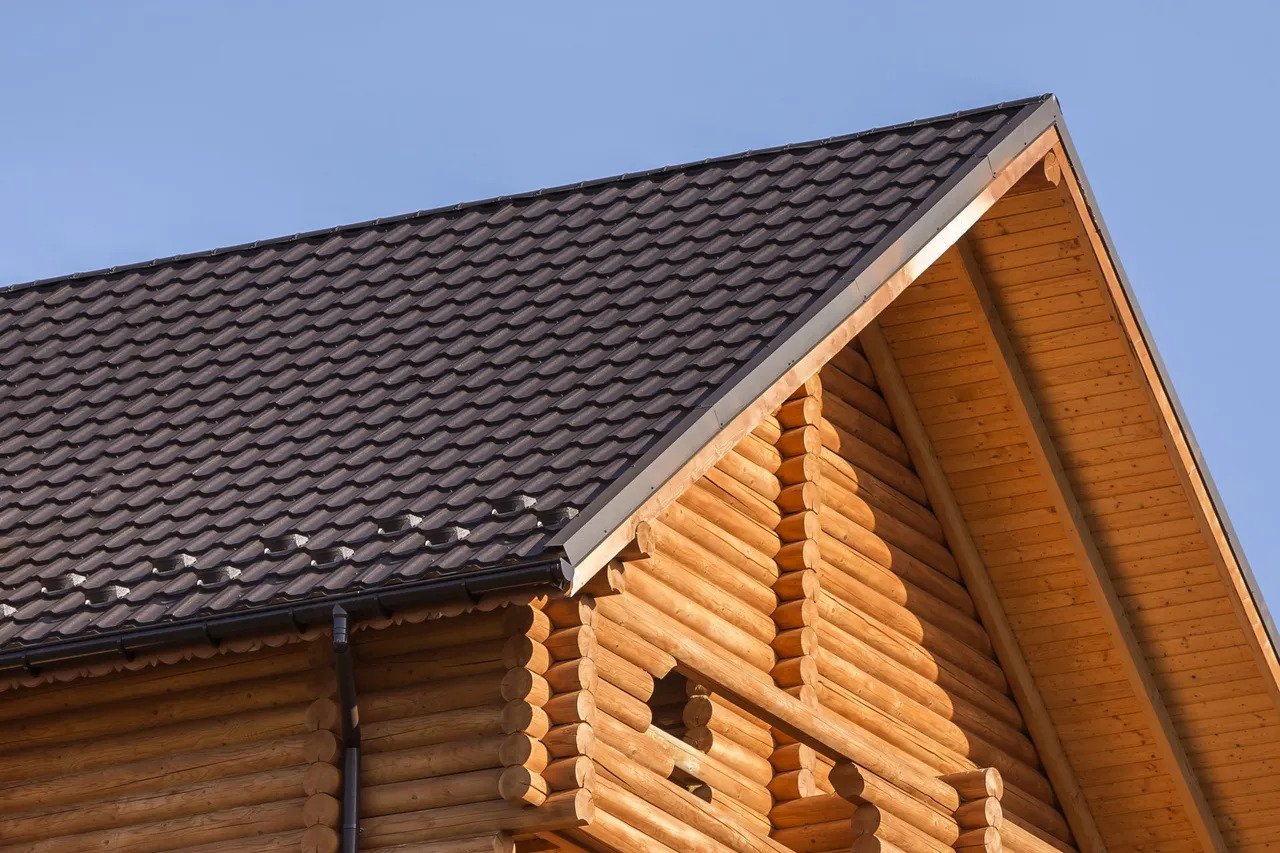Flat Roof Tate & Sons Roofing Nottingham
Looking For Quality Local Roofers?
Then You Have Landed at the Right Place!
Get In Touch
We are Professional Roof Contractors that Operate around Nottingham and Surrounding Local Towns and Villages.
Call Us Now for a Free Quote & Friendly Advice.
Flat Roof
A flat roof is a type of roof that features a horizontal surface. This design is different from the more traditional pitched roofs, which feature an angled surface. While a flat roof may seem like it would be less durable than a pitched roof, this isn’t always the case. When properly installed and maintained, a flat roof can be just as strong and long-lasting as any other type of roof.
There are many benefits to having a flat roof. One benefit is that they are much easier to install than pitched roofs. This makes them ideal for those who are looking for a quick and easy roofing solution. Additionally, flat roofs require less maintenance than their pitched counterparts. They are also very versatile and can be used for a variety of applications.
If you are considering a flat roof for your home or business, it is important to consult with a professional roofing contractor such as Tate & Sons Roofing Nottingham. They will be able to assess your needs and help you choose the best solution for your specific situation. Be sure to ask about their experience with installing flat roofs, as this will ensure that the job is done right the first time, everytime!
How Often Should You Replace A Flat Roof?
A flat roof may need to be replaced more often than a pitched roof. Pitched roofs typically last 20-30 years before needing to be replaced, while flat roofs may only last 10-20 years. The main reason for this is that water can pool on a flat roof and cause the material to deteriorate more quickly. If you live in an area with a lot of rainfall, you may need to replace your flat roof more often than someone who lives in a drier climate. You should also have your flat roof inspected regularly to look for any signs of damage or leaks. If you catch problems early, you can often repair them before they cause major damage.
It is important to note that even if your roof does not need to be replaced, you should still have it inspected by a professional at least once a year. This will help to ensure that any problems are caught early and can be repaired before they cause major damage. Additionally, regular inspections will also help you to identify any areas where your roof may be wearing down and in need of repair. By catching these issues early, you can save yourself a lot of money in the long run.,
In general, flat roofs should be replaced every 15-20 years. However, the exact lifespan will depend on a number of factors, including the type of roofing material used, the quality of installation, and the level of maintenance. If you live in an area with extreme weather conditions, your roof may need to be replaced more often. If you take good care of your roof and have it regularly inspected, it may last a bit longer. Ultimately, the best way to determine how often you should replace your flat roof is to consult with a professional roofer.
If you are unsure about whether or not your roof needs to be replaced, there are a few signs you can look for. First, check for any leaks or water damage. If you see any signs of water damage on your ceiling or walls, this is a good indication that your roof needs to be replaced. Additionally, take a look at the condition of your shingles. If they are cracked, warped, or missing, this is also a sign that you need a new roof.
If you have any concerns about the condition of your roof, it is always best to consult with a professional. A professional roofer will be able to assess the condition of your roof and give you an accurate estimate of how often it needs to be replaced. They can also provide you with advice on how to take care of your roof so that it lasts longer.
When it comes time to replace your flat roof, be sure to hire a reputable and experienced contractor. Make sure they are properly licensed and insured, and get several quotes before making a decision. By taking the time to do your research, you can be sure that you are getting the best possible value for your money.
How Much Does A Flat Roof Cost?
The average cost of a flat roof is between £500 and £5,000. This price range includes the cost of materials and installation. The type of roofing material you choose will affect the overall cost of your flat roof. For example, a standard bitumen felt is one of the most popular choices for flat roofs and they are typically the cheapest to install. However, if you choose a more expensive roofing material like an EPDM Rubber Roof, or a GRP Fibreglass flat roof then this cost will increase. Before deciding on a roofing material for your flat roof, be sure to consult with our professionals at Tate & Sons Roofing Nottingham to get an estimate for the total cost of materials and installation.

The bottom line is that the cost of a flat roof replacement can vary widely depending on a number of factors. If you’re considering replacing your flat roof, be sure to get several estimates from your local roofing contractors to ensure you’re getting the best price for the job. But also be aware that the cheapest price is not always cost-effective, I assure you that if you select our professional roofers near you to complete the job, then you will get a flat roof that is affordable, uses quality materials, and will stand the test of time!
Which Is Cheaper Flat Roof Or Pitched?
There is no simple answer to the question of which roofing option is cheaper – flat or pitched. The cost of your roof will depend on a number of factors, including the materials you use, the size and complexity of your roof, and the location of your home. That said, there are some general trends that can help you make a decision about which roofing option is right for your home.
In general, flat roofs tend to be less expensive than pitched roofs. This is because flat roofs are simpler to construct, and they require less material than pitched roofs. Flat roofs also tend to be easier to maintain, since there are no complex angles or slopes to worry about. However, flat roofs do have some disadvantages. They are not as good at shedding snow and ice, and they are more susceptible to leaks.
Pitched roofs, on the other hand, tend to be more expensive than flat roofs. This is because pitched roofs are more complex to construct, and they require more material than flat roofs. Pitched roofs also have a number of advantages over flat roofs. They are better at shedding-off snow and ice, and they are less likely to leak. However, pitched roofs can be more difficult to maintain, and they may not be the best choice for every home.
Ultimately, the decision of whether to choose a flat roof or a pitched roof will come down to your personal preferences and the needs of your home. If you live in an area with heavy snowfall, a pitched roof may be the better choice. If you are looking for a roof that is easier to maintain, a flat roof may be the way to go. Whichever type of roof you choose, make sure to work with a qualified and experienced roofing contractor to ensure that your new roof will be installed properly and will last for many years to come.
Types Of Flat Roof
A flat roof is a type of roof that is characterised by its horizontal, or nearly horizontal, surface. Flat roofs are an ancient form of roofing, with examples having been found in countries all over the world.
One of the main benefits of a flat roof is that it is much cheaper to construct than a pitched roof. Flat roofs also have the advantage of being easier to repair and maintain than pitched roofs.
There are a number of different types of flat roof, including: single-ply membrane roofs, built-up roofs, modified bitumen roofs and green roofs.
Single-ply membrane roofs are made from a single layer of synthetic material, such as PVC or TPO. Single-ply membranes are strong and durable, and can be expected to last for 20-30 years.
Built-up roofs are made from multiple layers of asphalt and tar, which are then covered with a layer of gravel or stone. Built-up roofs are very tough and long-lasting but can be susceptible to leaks if not properly maintained.
Modified bitumen roofs are made from a mixture of asphalt and rubber, which gives them increased flexibility and strength.
Modified bitumen roofs can last for 20-30 years, but may require more frequent repairs than other types of flat roof.
Green roofs are a type of flat roof that is covered with vegetation. Green roofs have a number of benefits, including improved insulation, reduced stormwater runoff, and enhanced aesthetics. However, green roofs can be more expensive to install and maintain than other types of flat roof.
PVC roofs are made from a type of plastic called polyvinyl chloride. PVC roofs are very strong and durable, and can last for 20-30 years. However, PVC roofs can be more expensive to install than other types of flat roof.
EPDM roofs are made from a synthetic rubber called ethylene propylene diene monomer. EPDM roofs are very strong and durable, and can last for 20-30 years. However, EPDM roofs can be more expensive to install than other types of flat roof.
TPO roofs are made from a type of plastic called thermoplastic polyolefin. TPO roofs are very strong and durable, and can last for 20-30 years. However, TPO roofs can be more expensive to install than other types of flat roof.
Modified bitumen roofs are made from a type of asphalt that is reinforced with fibreglass or polyester. Modified bitumen roofs are very strong and durable, and can last for 20-30 years. However, modified bitumen roofs can be more expensive to install than other types of flat roofs.
PVC roofs are made from a type of plastic called polyvinyl chloride. PVC roofs are very strong and durable and can last for 20-30 years. However, PVC roofs can be more expensive to install than other types of flat roof.
As you can see, there are a number of different types of flat roofs that you can choose from. Each type of flat roof has its own advantages and disadvantages. You will need to decide which type of flat roof is right for you based on your budget and your needs.
New Flat Roof
A new flat roof is a great way to add value to your home. It can also help you save on energy costs and keep your home cool in the summer. Here are some things to consider when choosing a new flat roof:

1. The type of roof you choose will depend on the climate in your area. If you live in an area with severe weather conditions, you’ll want to choose a material that can withstand high winds and heavy snowfall.
2. You’ll also need to consider the pitch of your roof. A steeper pitch will shed water more quickly, but it will also be more expensive to install.
3. Flat roofs require less maintenance than other types of roofs, so they may be a good choice if you’re not looking to spend a lot of time on roof maintenance.
4. When choosing a roofing contractor, be sure to ask about their experience with flat roofs. You’ll want to make sure they have the skills and knowledge necessary to install your new roof properly.
5. Be sure to get multiple estimates before choosing a roofing contractor. This will help you ensure you’re getting the best possible price for your new roof.
If you’re considering a new flat roof for your home, these tips will help you make the best decision for your needs. With a little research, you can find the perfect roofing contractor and get the beautiful, functional roof you’ve always wanted.
So now you know who to contact if you require any roof tiling on your home, business or commercial property.
Call Tate & Sons Roofing Nottingham.
Free Consultation and Free Quotation.
